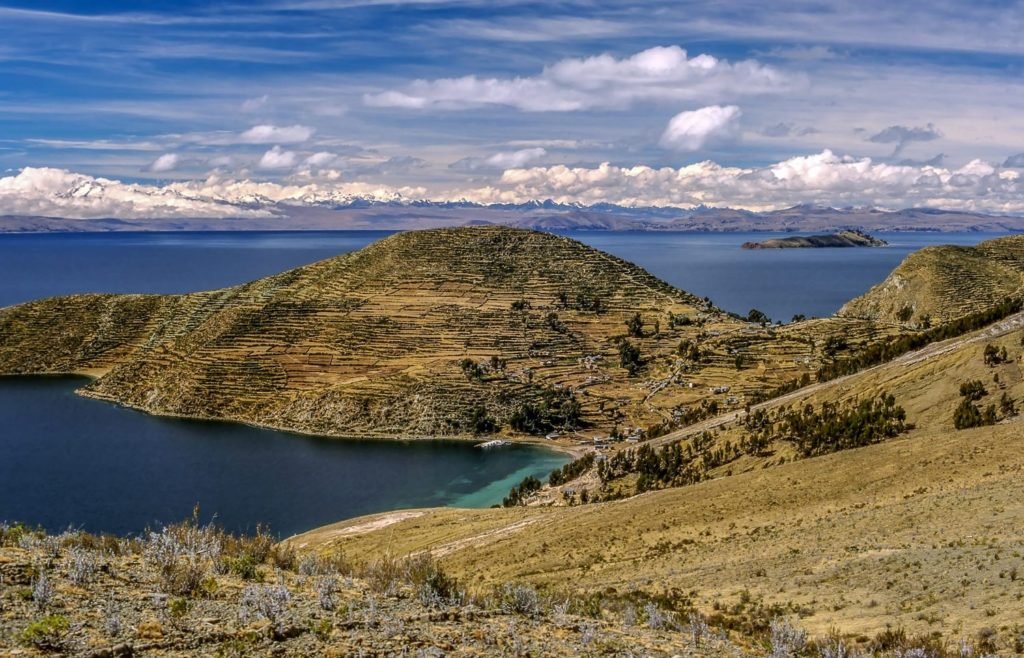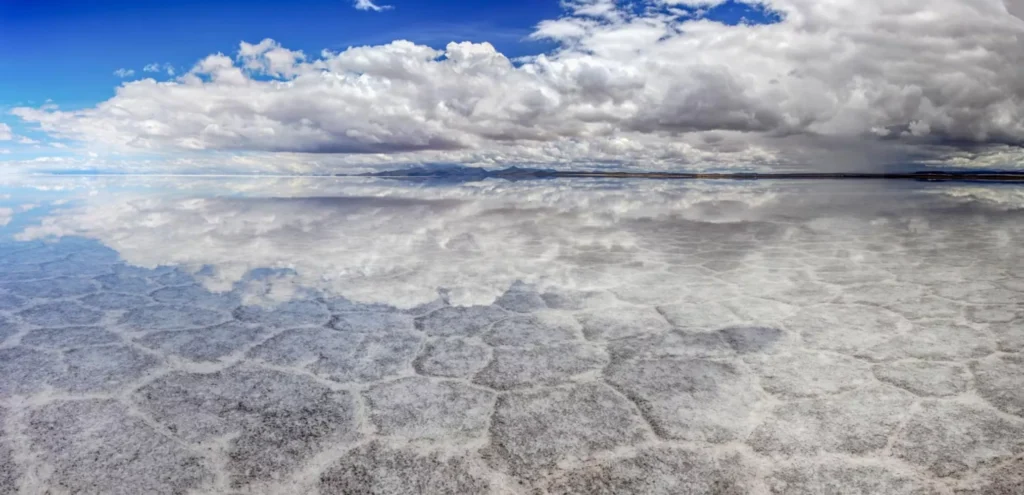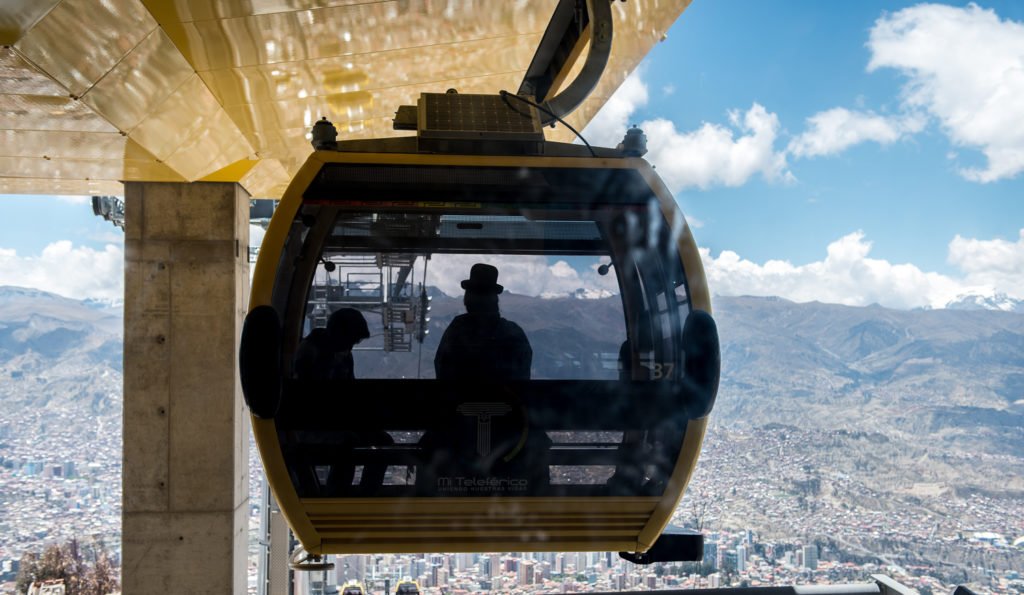Page Menu
Bolivia’s Madidi National Park
Perched in Bolivia’s enormous Amazon River Basin, Madidi National Park and its buffer zones cover 7,320 square miles of prime watershed and forest habitat.
Together with neighboring reserves and parks, Madidi forms one of the world’s largest and most diverse protected areas—a 15 million-acre patchwork known as the Madidi Mosaic.
The Manu National Park, Tambopata-Candamo Reserve and Bahuaja-Sonene National Park in Peru combine to form the western bulwarks of this international conservation collective.
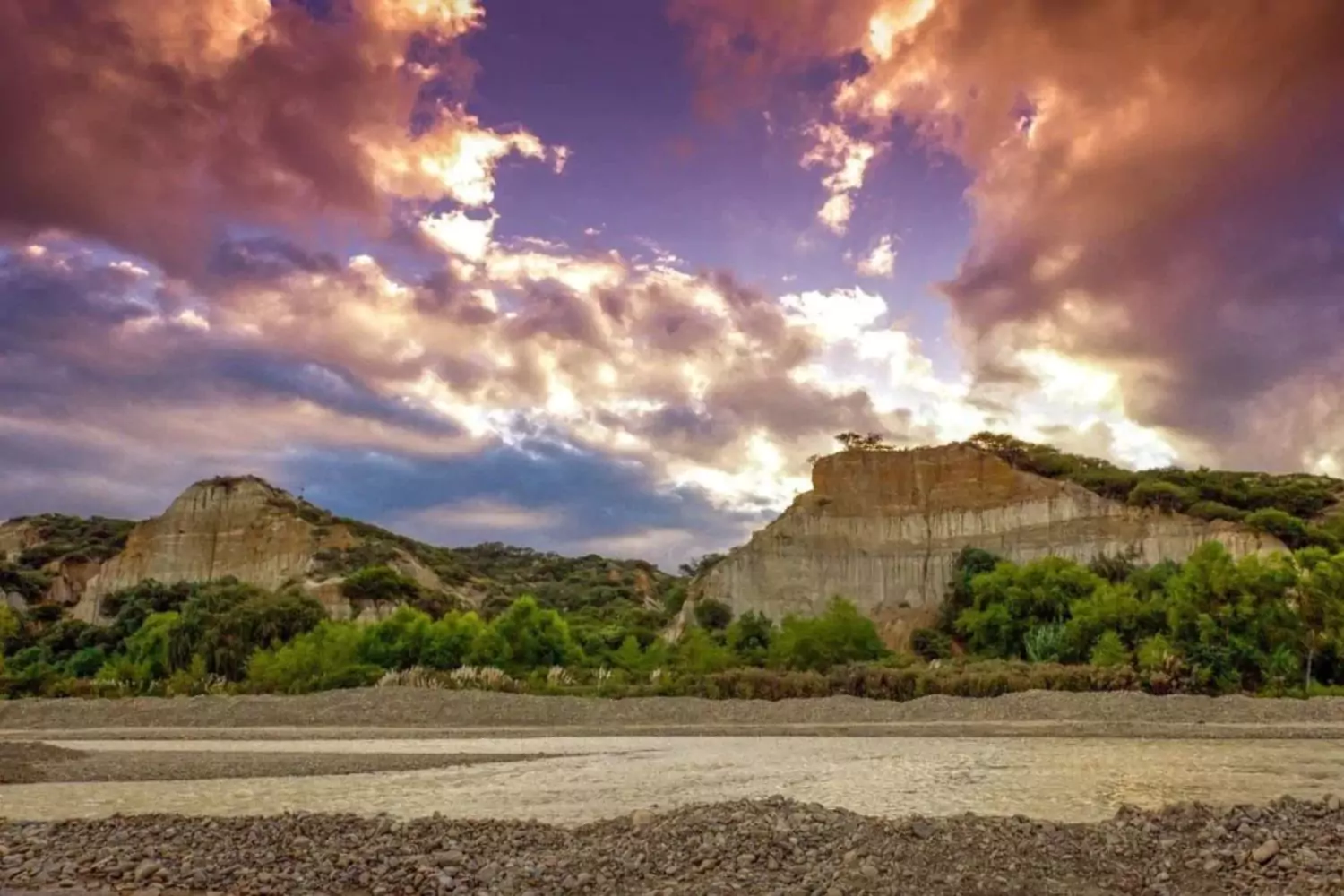
Incredible Biodiversity
Madidi’s territory evokes South America in miniature—its borders include rainforest, montane dry forest, cloud forest, paramo grassland, lush canyons, and Andean glaciers.
Its population of charismatic megafauna is similarly diverse.
Madidi is home to a wide array of species, including:
- Jaguars
- Spider Monkeys
- Endemic Squirrel
- Monkeys
- Pumas
- Tapirs
- Spectacled Bears
- Giant River Otters
- Maned Wolves
Biologists surmise that 44% of all Western Hemisphere mammals and 38% of tropical amphibian species reside in this remarkable South American ark.
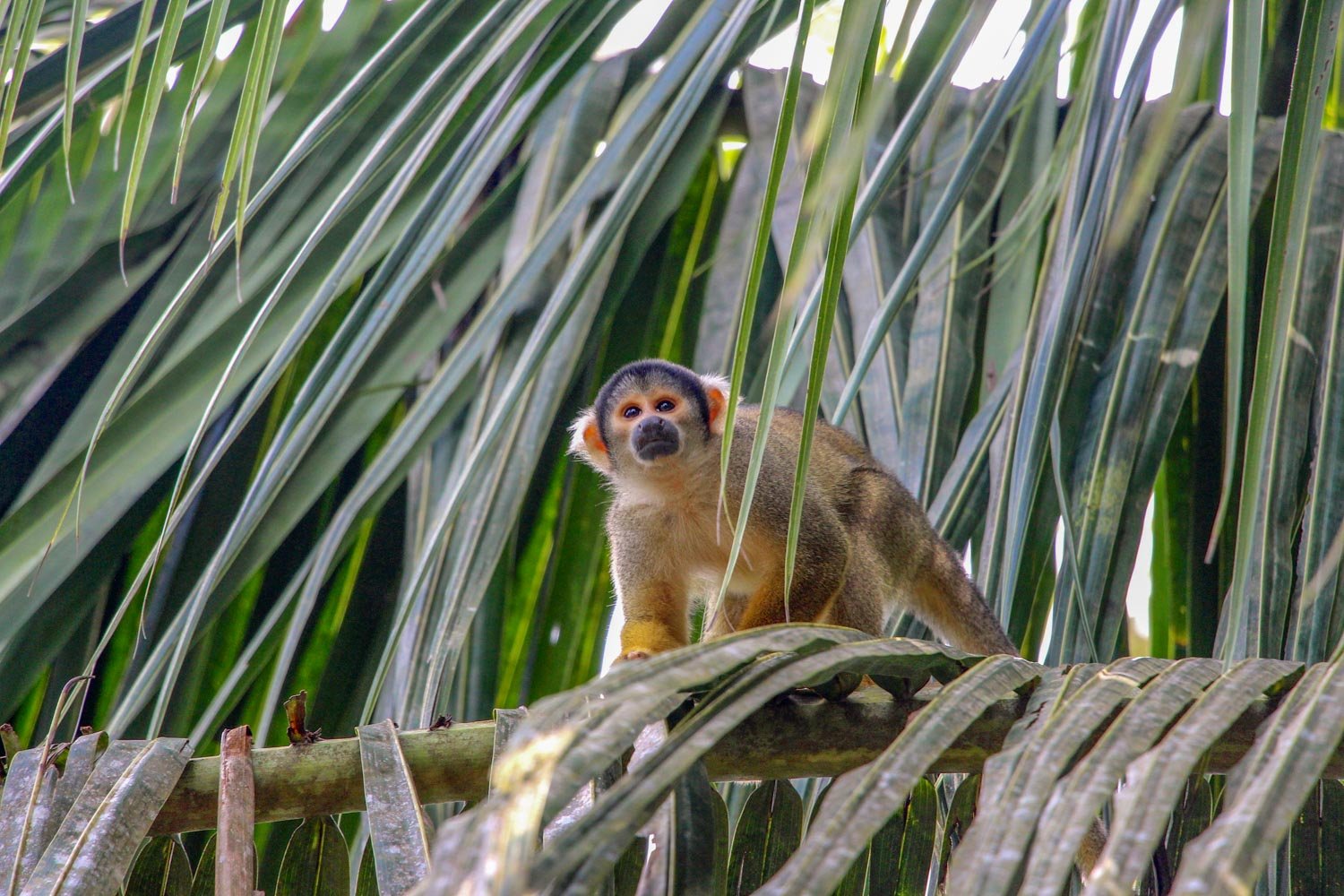
Phenomenal Birding
To date, approximately 700 bird species have been observed at Madidi.
Astonishingly, over 1,100 are estimated to live within the park—roughly 11% of the planet’s total avian biodiversity.
Marquee examples include Andean Condors, Harpy Eagles, Red-and-Green Macaws, and the crested cotingas otherwise known as the “Andean Cock-of-the-rock”.
In 1990, one observer famously listed 403 species in just two weeks and only four miles of the Alto Madidi trail.
Madidi is veined with rivers—dark waterways that mirror the surrounding forest. Its four main rivers—the Tuichi, Madidi, Quendeque, and Heath—drain six sub-watersheds.
These riparian highways serve both as biological corridors and cultural conduits.
Towns and roads are rare within this park. However, some villages on the Rio Tuichi and Rio Beni have been granted special UNESCO designations—allowed the use of forest resources to maintain their traditional lifestyles.
Indigenous groups include the Tacana, Tsimané, and Quechua.
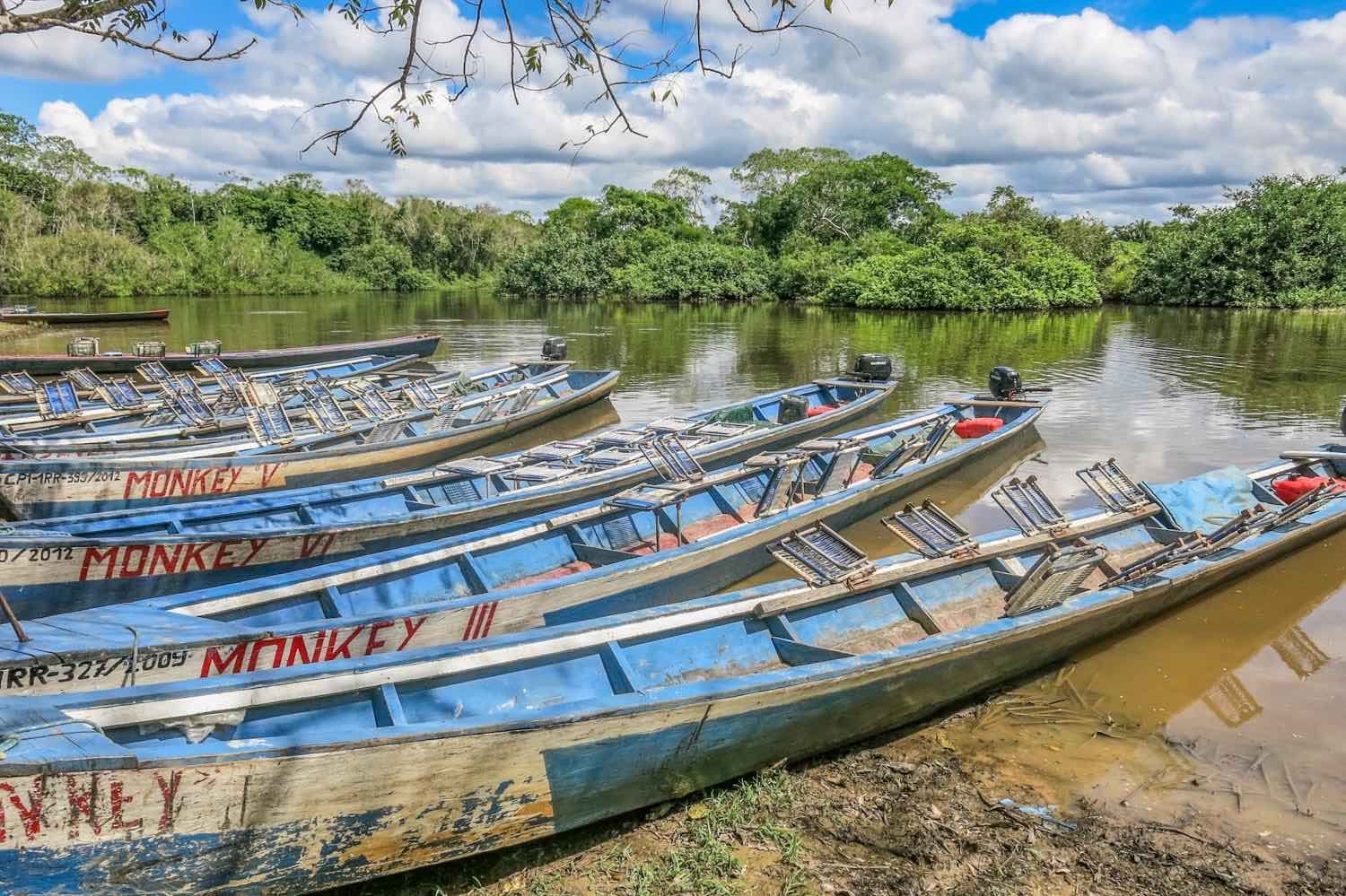
Serere’s goals—funded through tourism—focus on the support of conservation efforts and expansion protected areas of the Madidi Mosaic.
Guests can stay at the lodge for three or more nights, enjoying exclusive access to the rainforest sanctuary. Each day, local guides lead groups of up to six guests on wildlife viewing hikes and canoe trips.
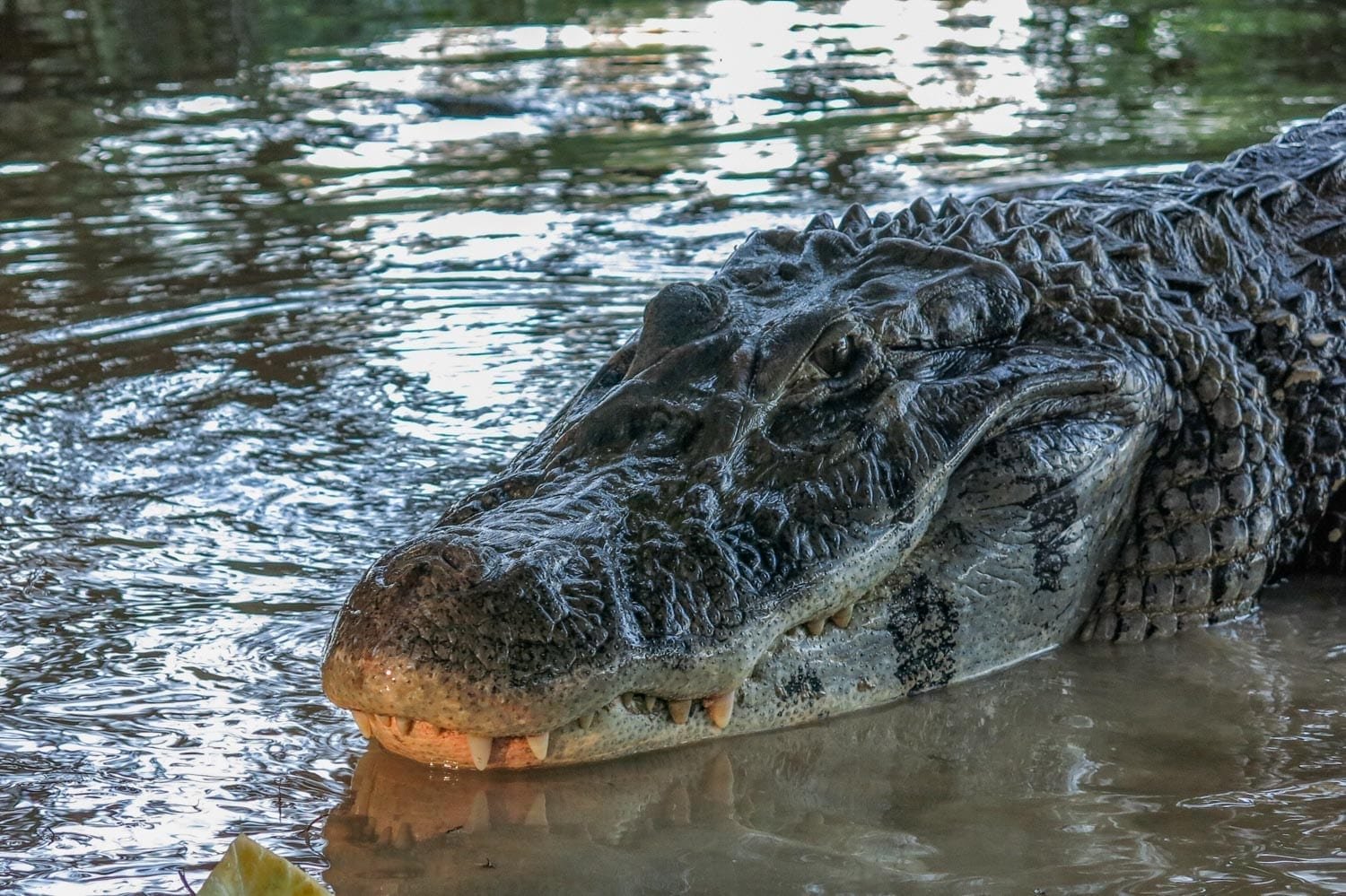
Chalalan Ecolodge
Chalalan Ecolodge, deep within Madidi, rests on the shore of Chalalan Lagoon.
Operated by members of the indigenous San Jose de Uchupiamonas community, this rustic lodge focuses on birding and cultural interaction.
Guests can hike jaguar paths and canoe the surrounding waterways, learning from native guides who expertly identify camouflaged fauna and beneficial flora.
San Miguel del Bala
An eco-lodge operated by the Tacana community of San Miguel del Bala, forty minutes upstream from Rurrenabaque on the Beni River, serves as a closer option.
This lodge’s simple cabins are dispersed throughout the forested property, giving visitors a unique sense of rainforest immersion.
Hiking options include visits to a salitral salt lick, waterfall pool, and a cool canyon favored by hummingbirds.
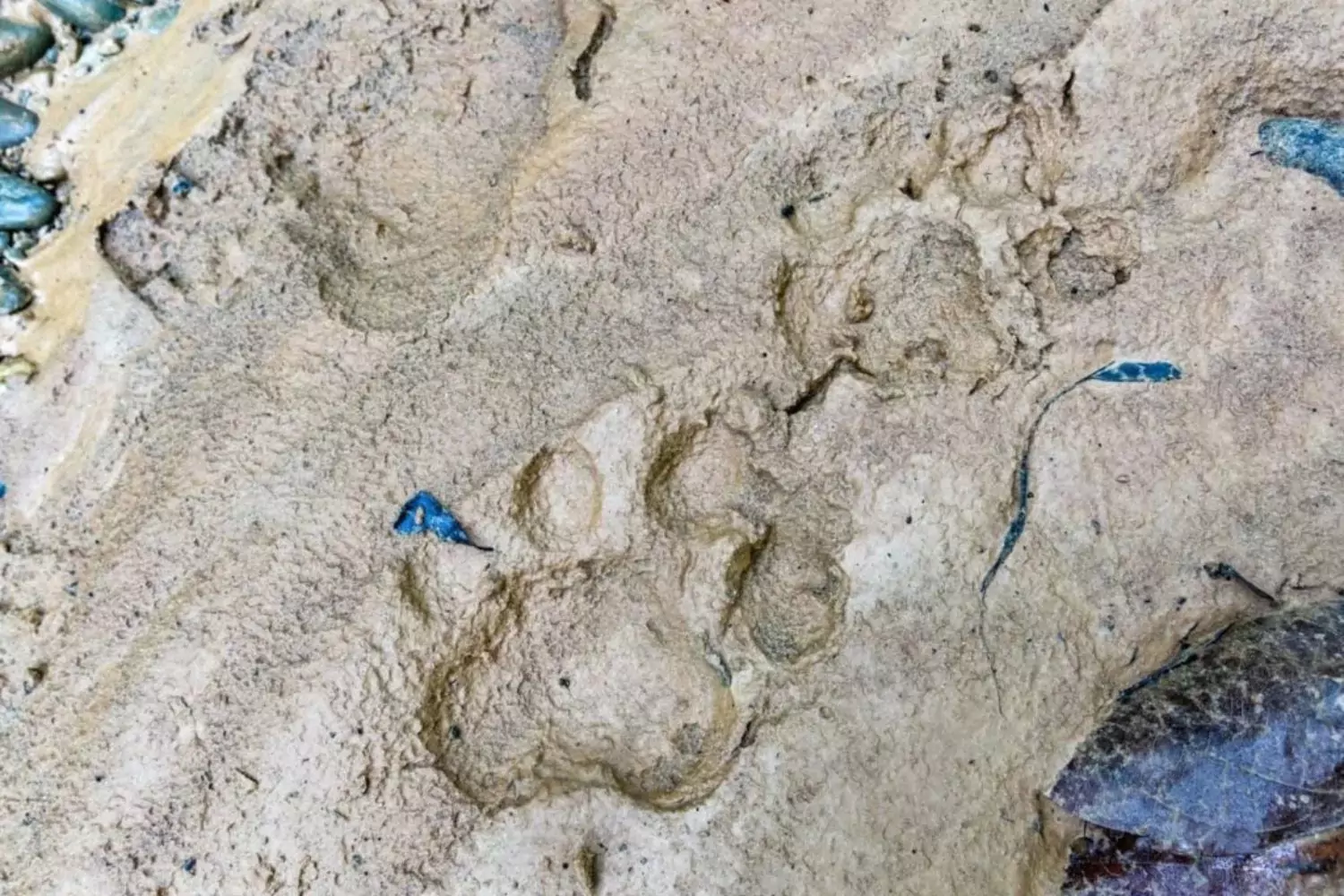
Comfortable Rustic Eco-Lodges
The eco-lodges in and around Madidi are rustic, but comfortable.
Visitors should be prepared for limited electricity, rare hot water, simple food, and the occasional six or eight-legged cabin visitor.
Hammocks, mosquito nets, private bathrooms, and friendly staff ease the transition.
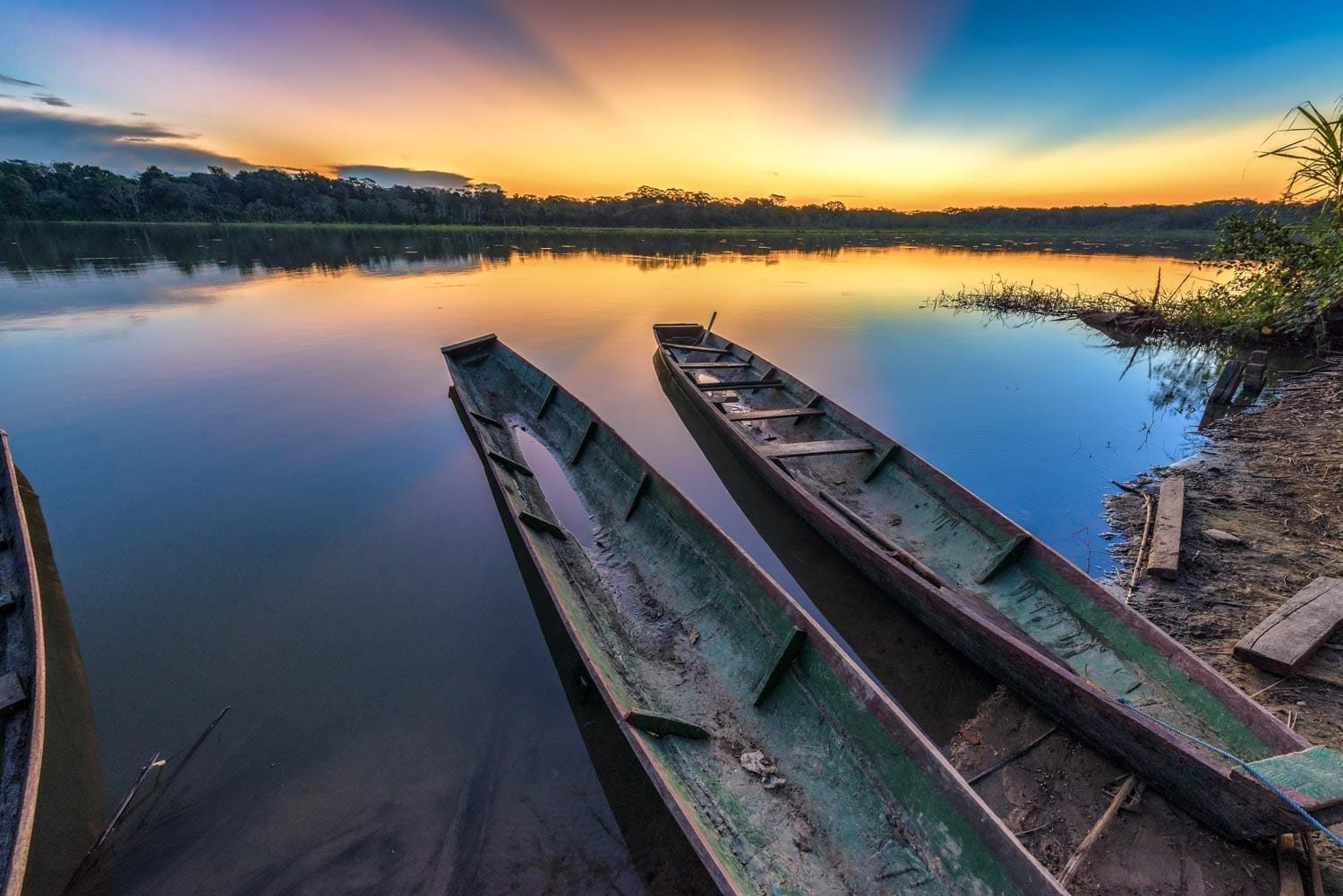
What is the Weather Like?
Madidi National Park lies within Bolivia’s tropical lowlands, with warm temperatures year-round. From December to March, highs near 90°F and lows around 72°F accompany frequent downpours—the park receives about 86 inches of annual rainfall, two-thirds of it in this season. May through August brings slightly cooler, drier days, with highs in the mid-80s and lows near 65°F. While travel is possible year-round, many visitors favor the clearer skies and more comfortable conditions of the dry season.
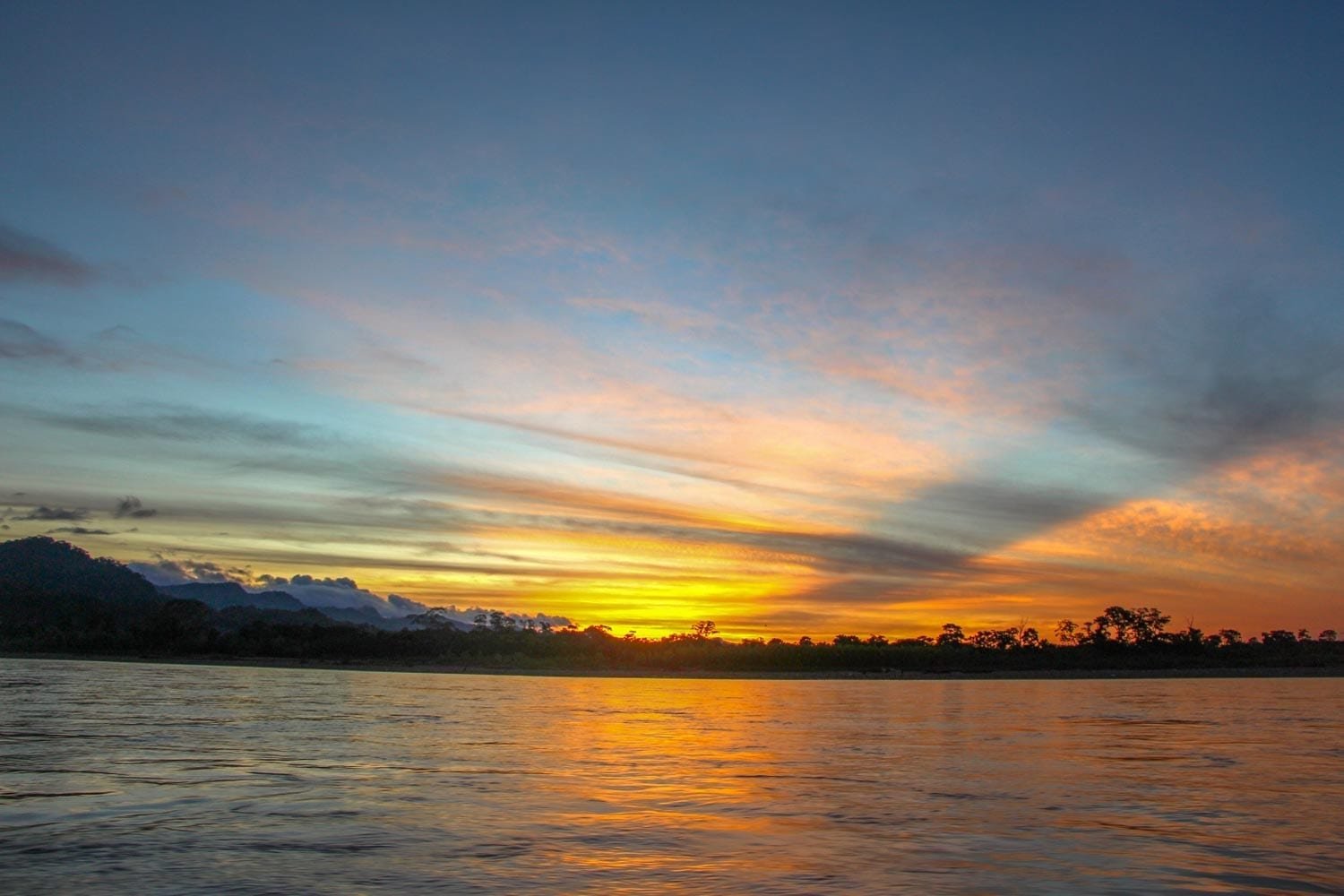
Getting There
Getting to Rurrenabaque
Most journeys into Madidi begin in Rurrenabaque, a frontier town on the Beni River. Scenic flights from La Paz take about 50 minutes, with departures five times per week. Overland routes are possible but lengthy and often hindered by weather; air travel is the preferred option.
Serere Sanctuary
From Rurrenabaque, Serere Sanctuary is reached by a three-hour canoe ride north along the Beni River. The journey itself offers wildlife encounters and a first glimpse of the Amazonian landscape.
Chalalán Ecolodge
Reaching Chalalán is part of the adventure. From Rurrenabaque, guests travel south on the Beni River and then northwest on the Tuichi. Stops along the way allow for short hikes and wildlife viewing. The full trip takes about 5.5 hours upriver; the return is shorter, around three hours.
San Miguel del Bala
Located just 40 minutes upstream from Rurrenabaque on the Beni River, San Miguel del Bala is the most accessible lodge within the Madidi Mosaic. Guests travel by motorized canoe, arriving quickly at the Tacana community’s eco-lodge nestled in the forest.
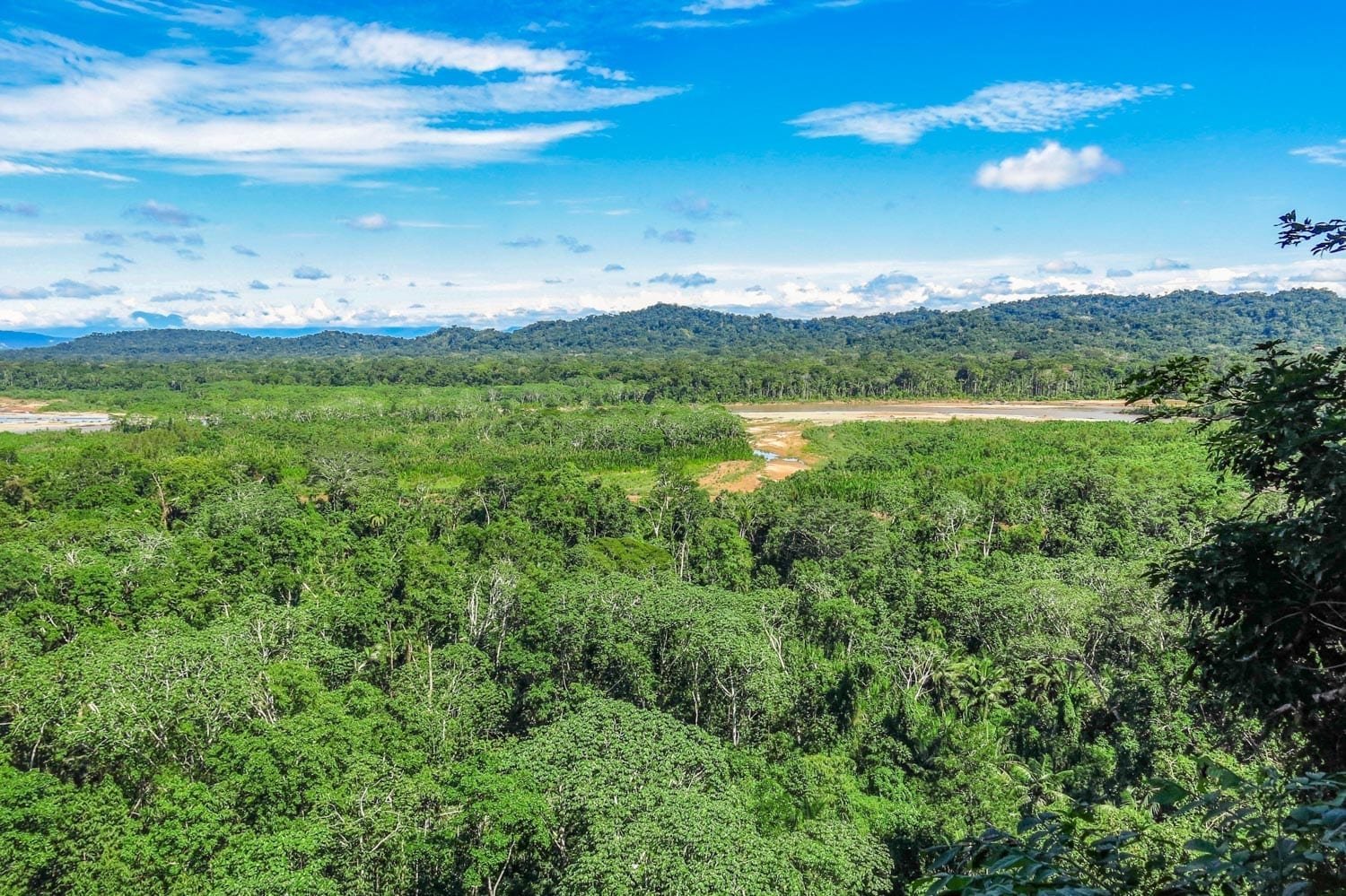
Start your journey today
LANDED delivers the finest in custom, private travel to Central America, South America, and Antarctica. These regions are our passion; we know them first-hand and by heart. Speak with one of our travel designers and let us create a tailored itinerary for you in Madidi National Park.
How to combine Madidi
Have some extra time? Here are some options for you to combine with.

